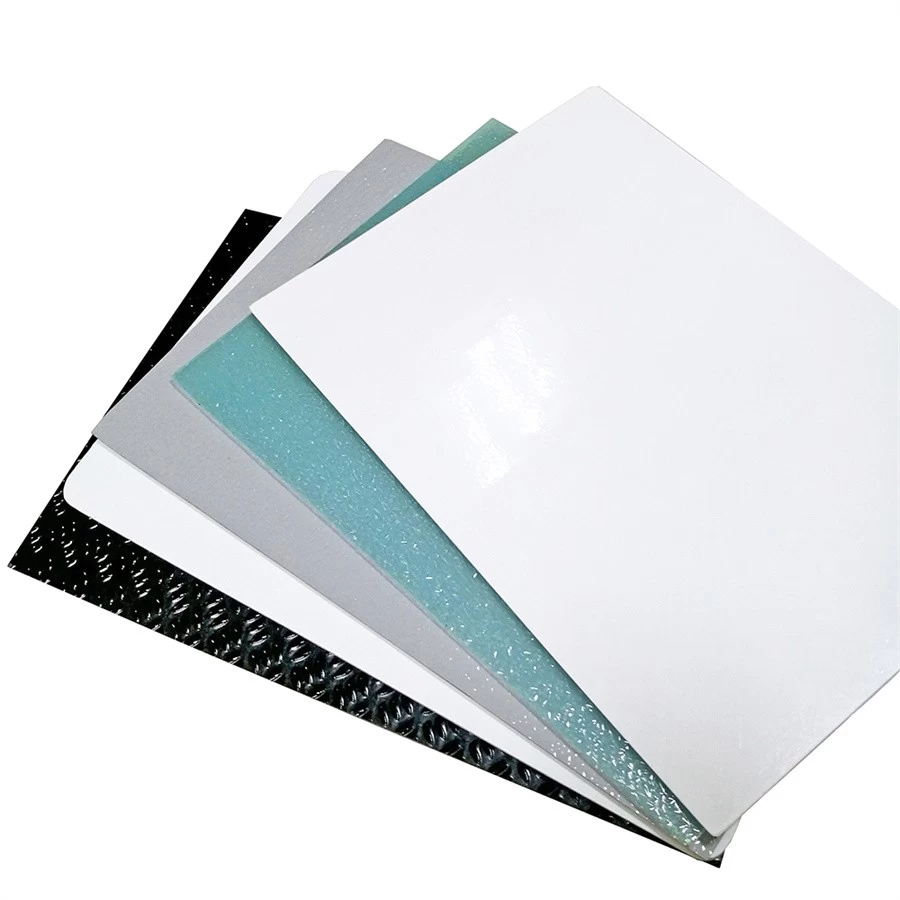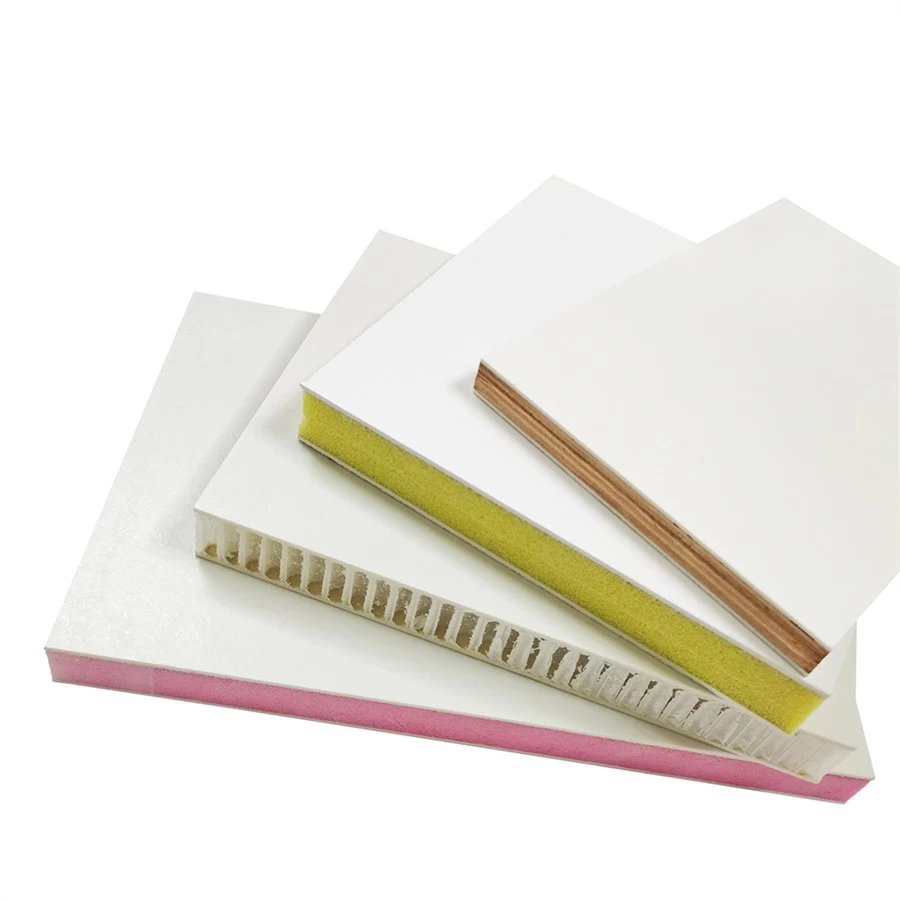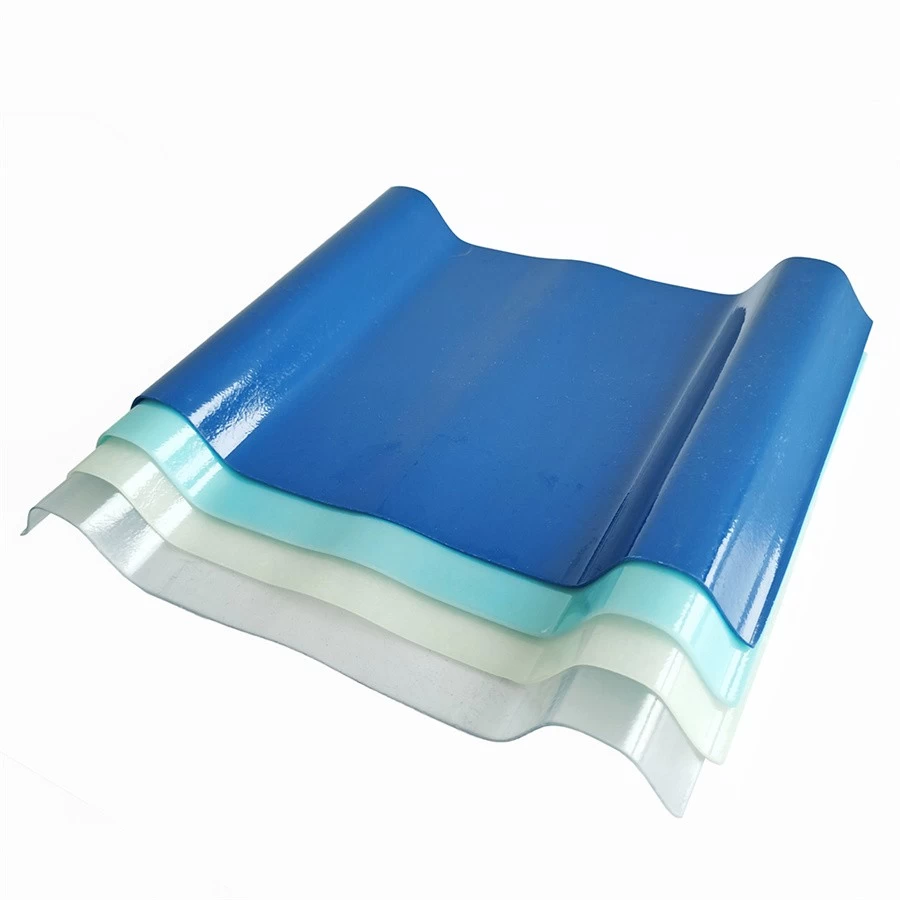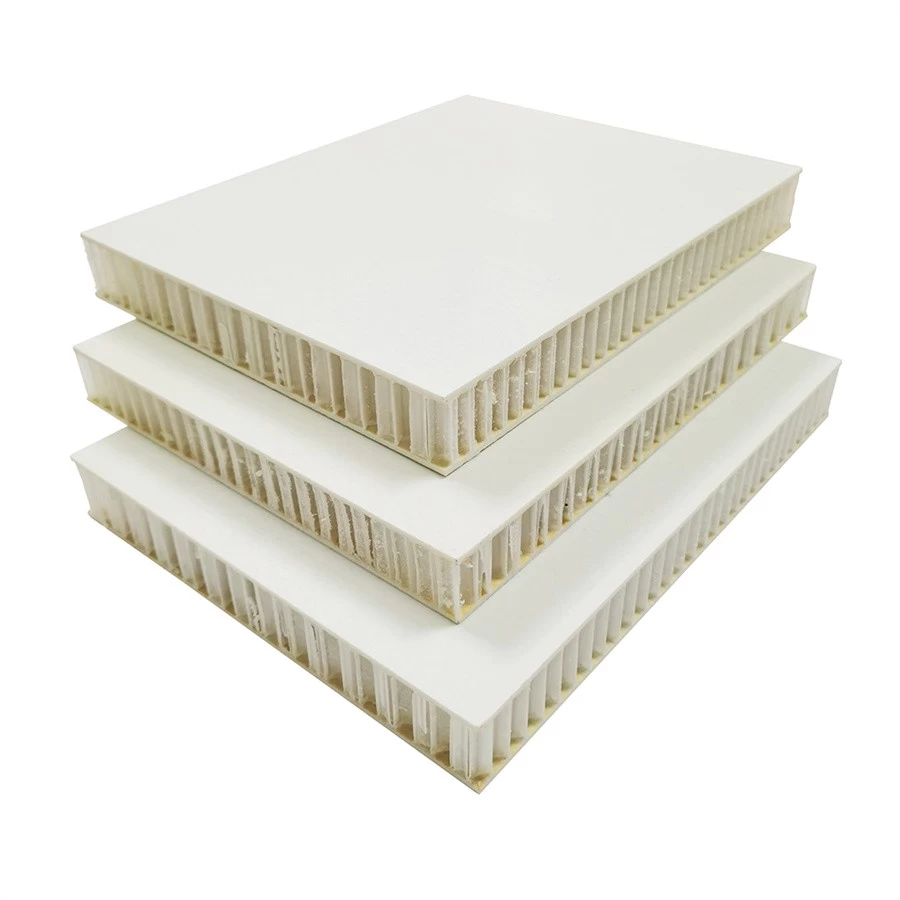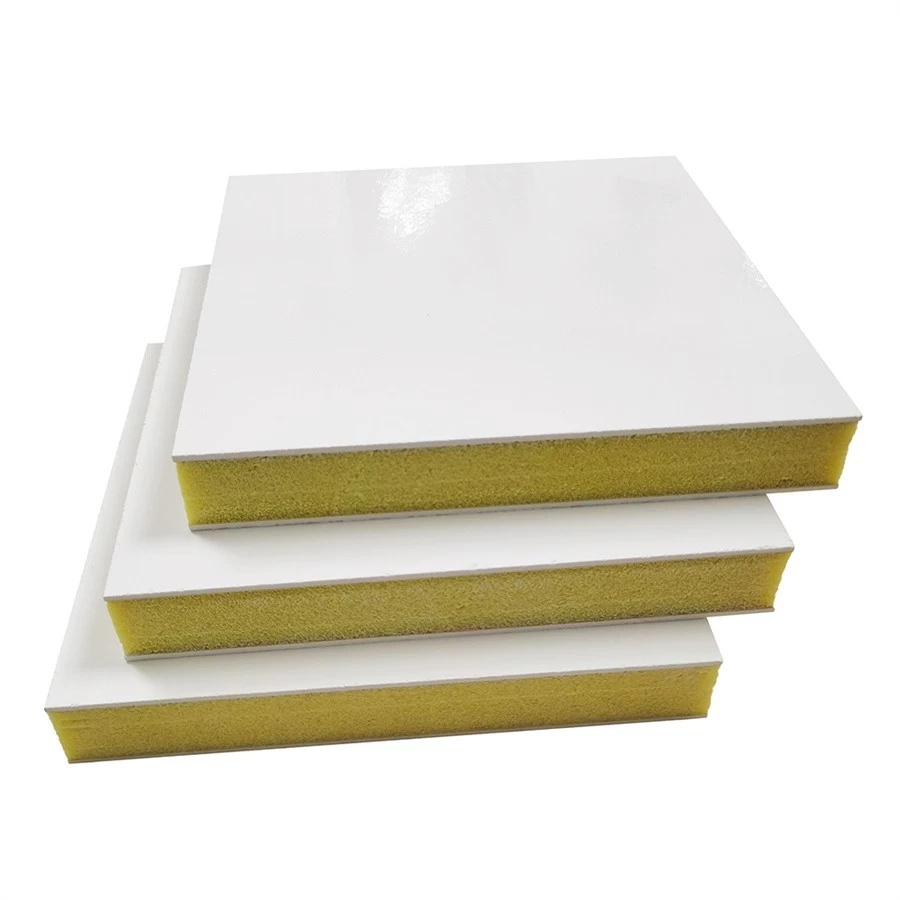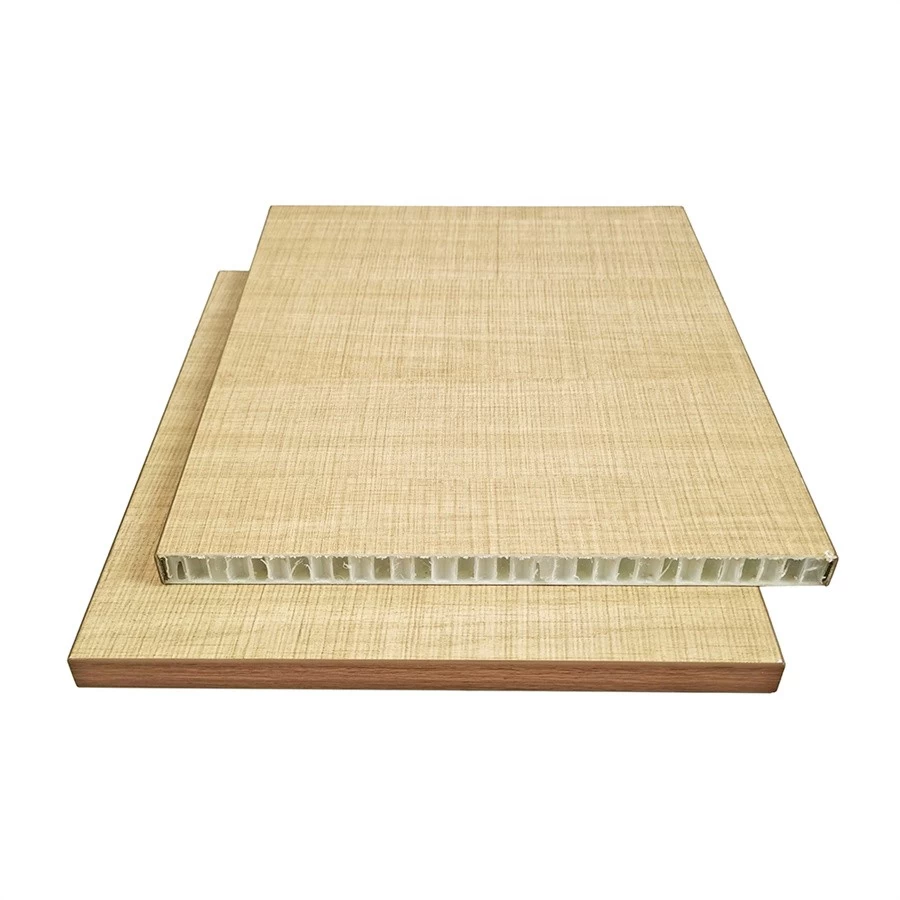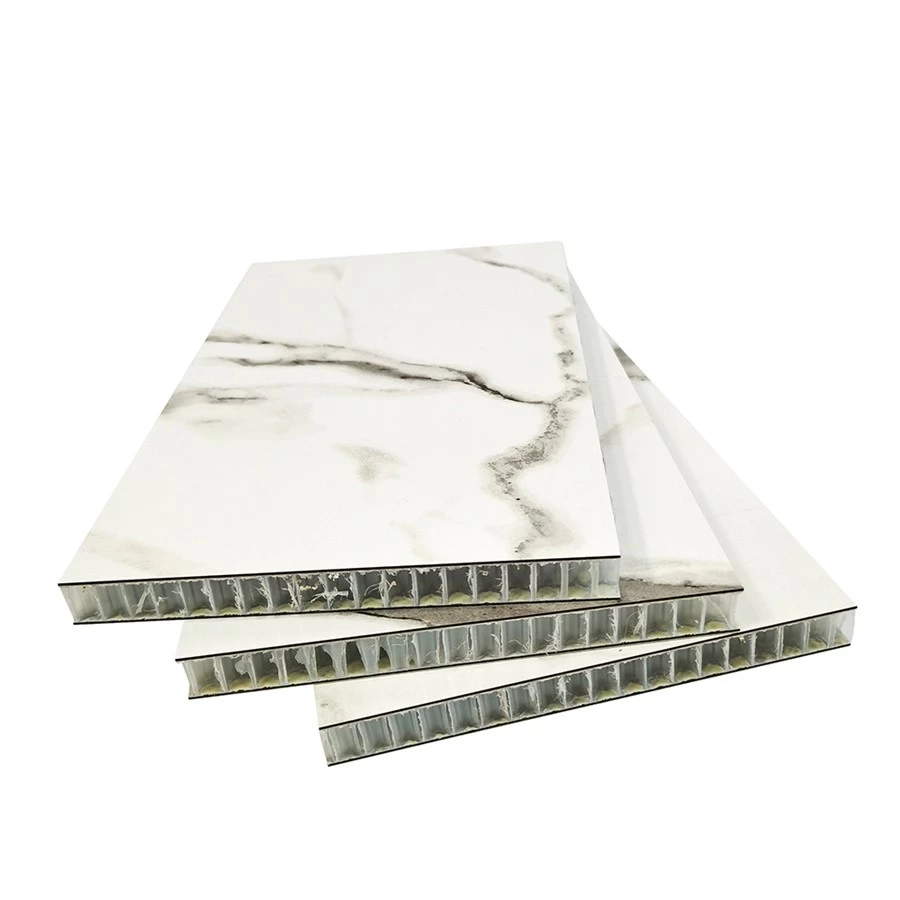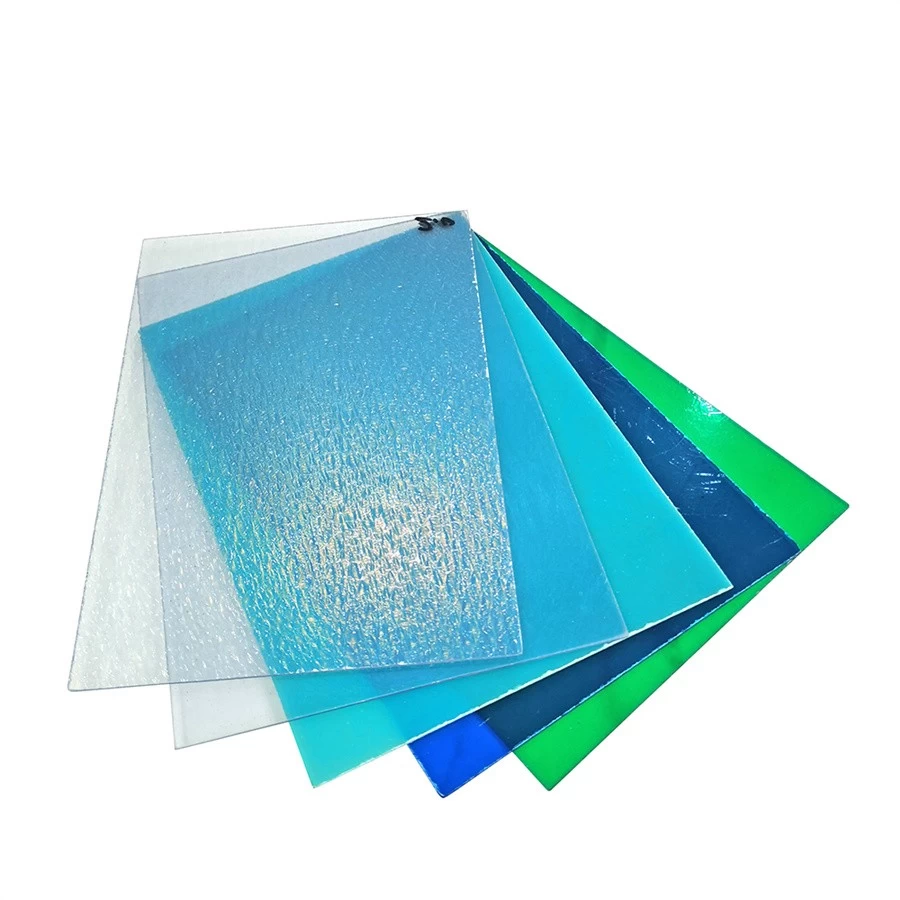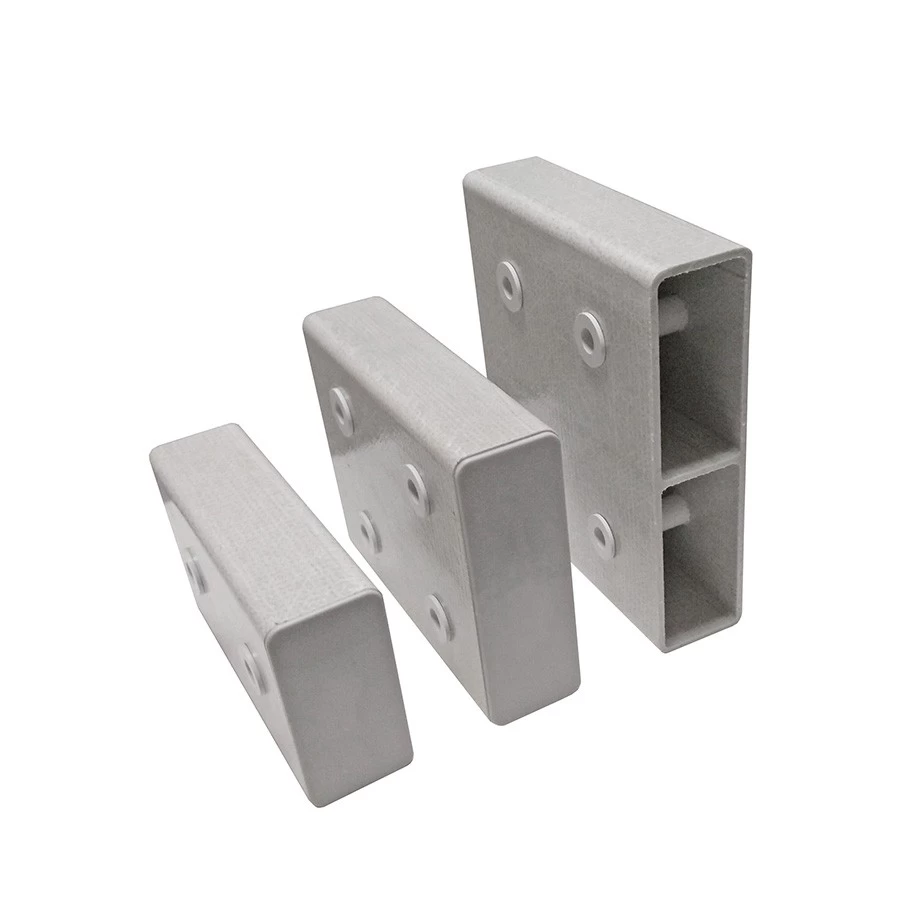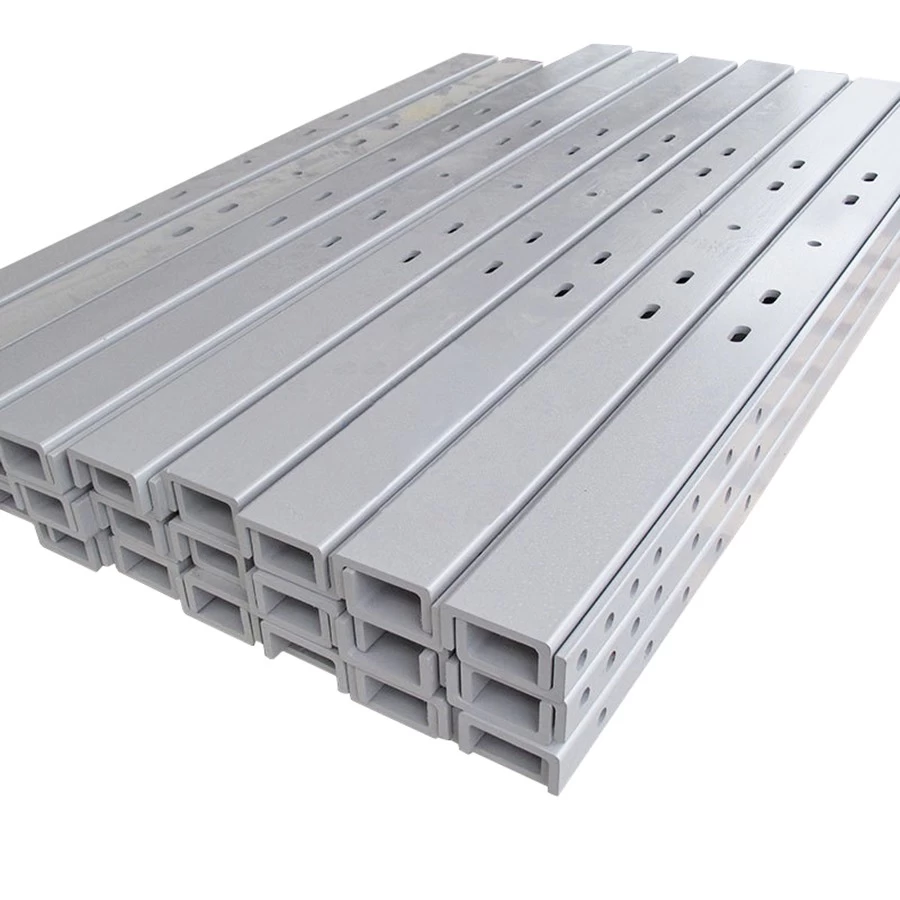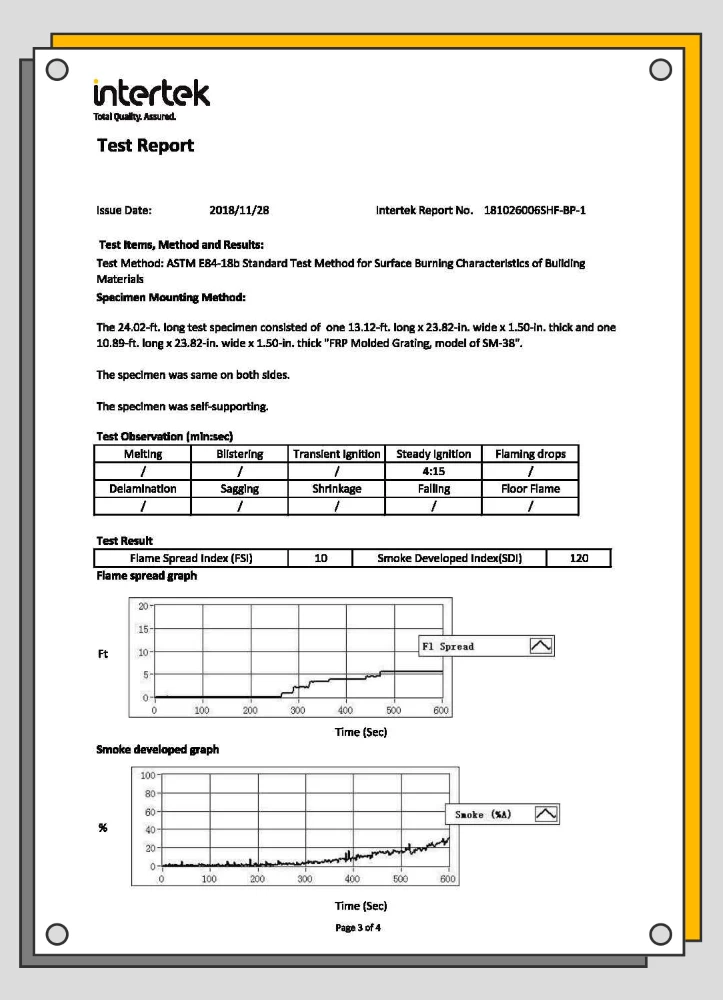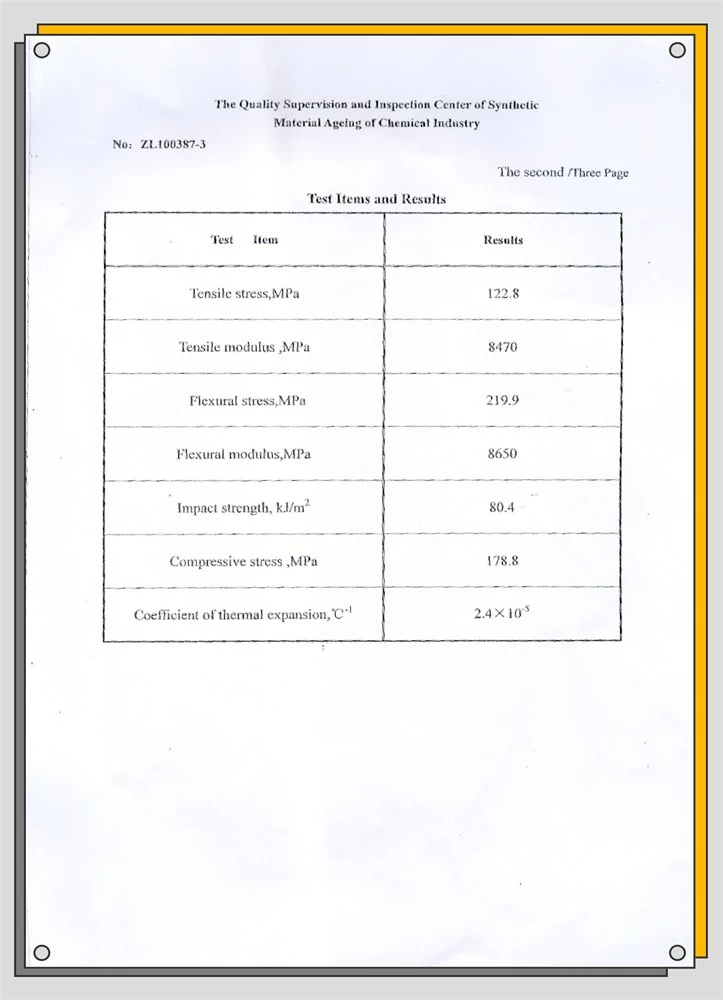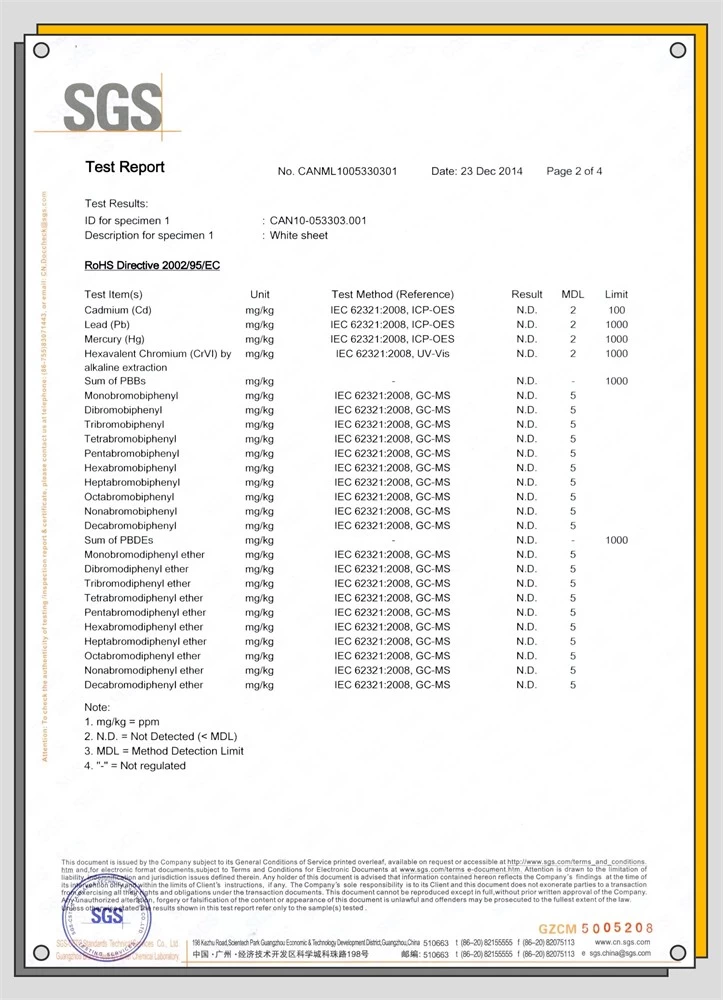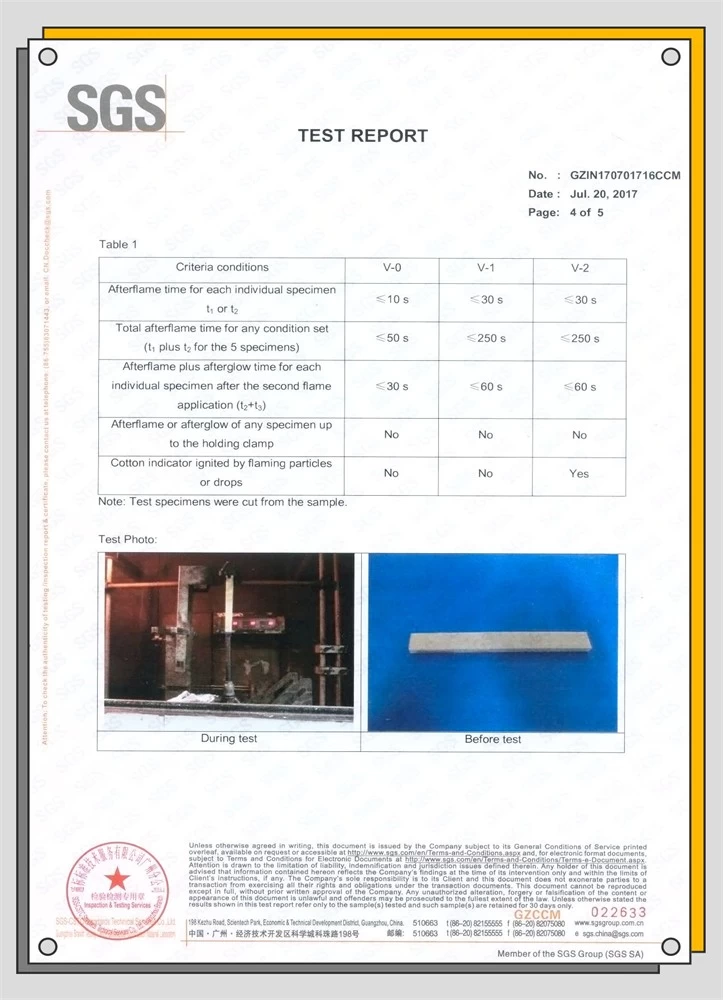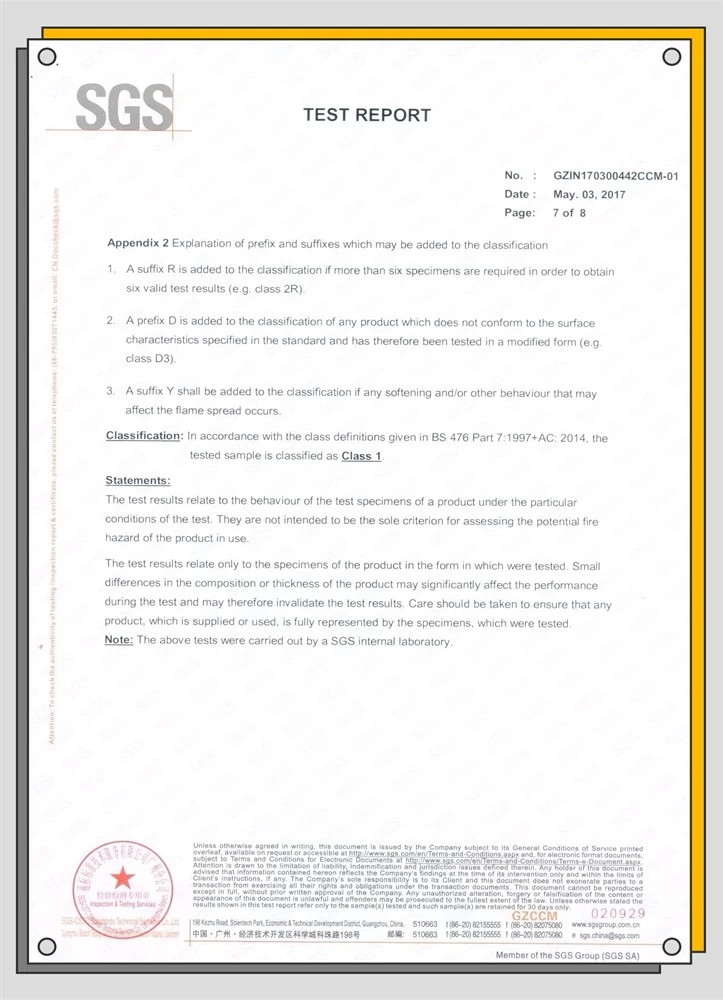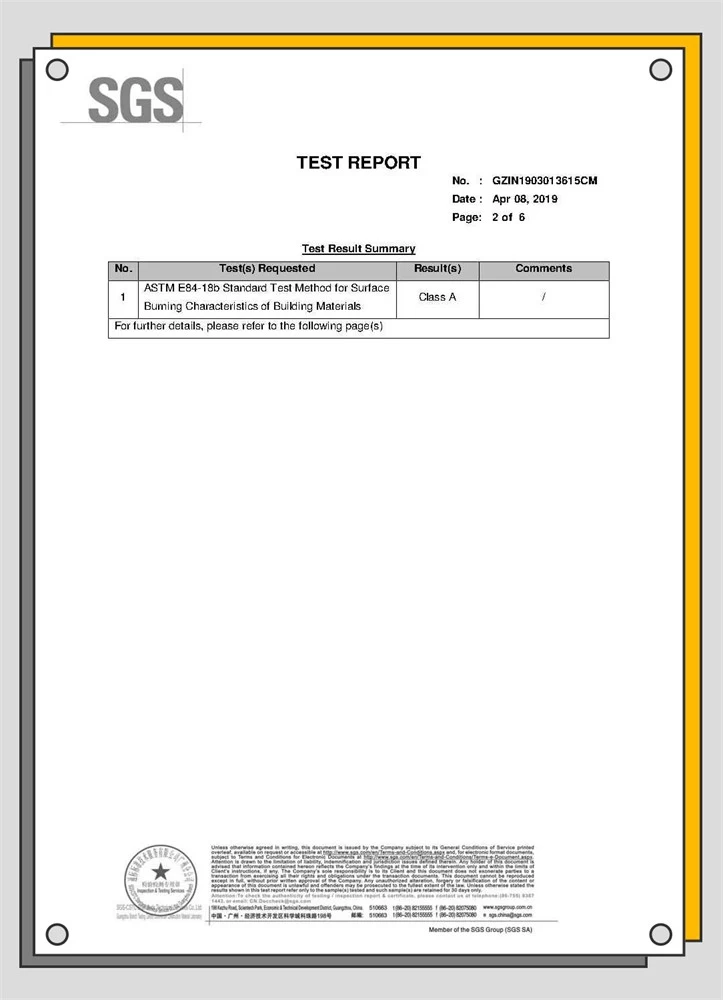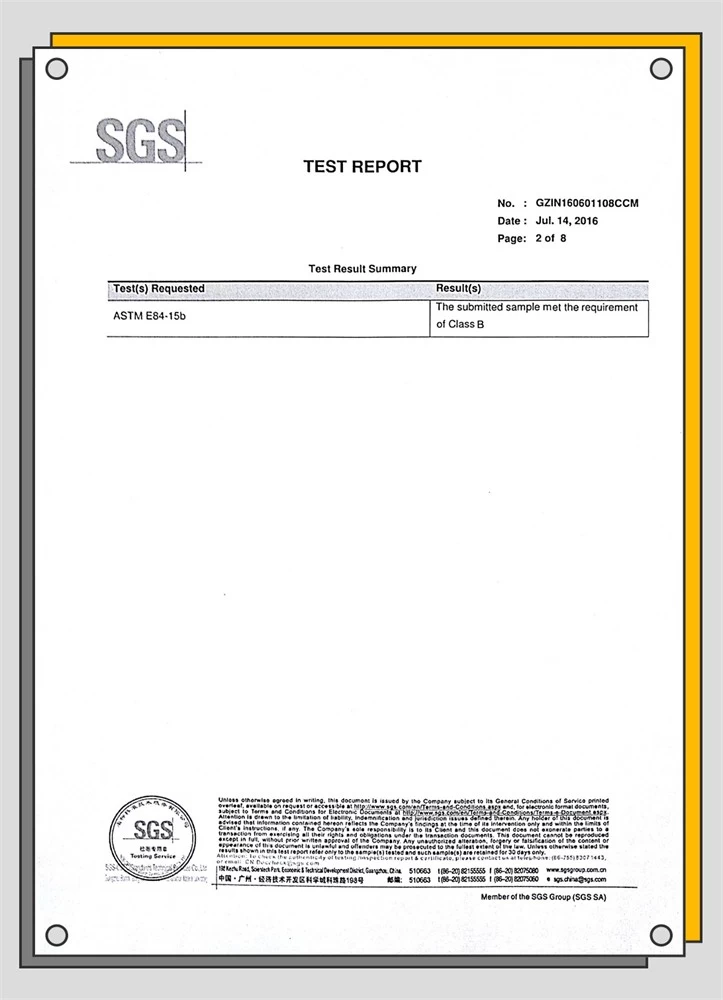Why FRP Pultruded Profiles are Becoming More and More Popular in the Construction Field?
Architects, engineers and builders are increasingly using fiberglass pultruded profiles for a variety of construction and infrastructure projects, and this trend is accelerating due to the many benefits the technology offers.
FRP pultrusion is a process for producing linear fiber reinforced plastic (FRP) composite profiles with constant cross-section. Pultrusion machines strengthen fibers by dipping them in a resin bath, then pulling them through a heated die, where they cure.
GRP finished profiles can be virtually any cross-sectional shape, solid or hollow (for example, tubes, rods, I-beams, T-, U-, and Z-profiles), and then cut to length.
The glass fiber reinforced pultruded profile manufacturing process is highly automated, making pultrusion a fast and efficient method of producing high-performance building components in a variety of shapes and sizes, allowing a great deal of design freedom.
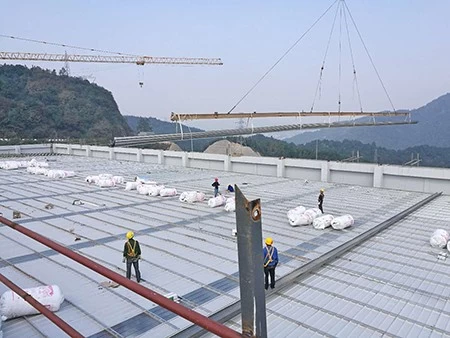 |
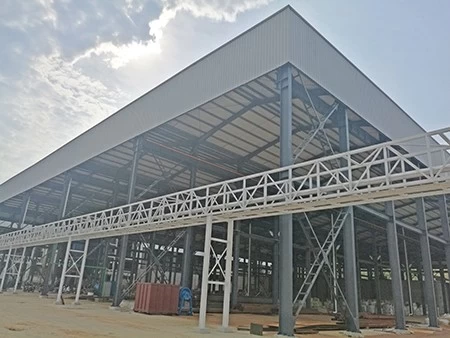 |
Here are some key advantages of using pultruded fiberglass profiles in construction:
- The pultrusion process enables the rapid and economical manufacture of strong, durable and lightweight structural components in high volumes. In addition, you can precisely control the resin content to tune the performance and load-carrying capacity of the final product.
- By using a range of reinforcing fibers and forms, such as glass or carbon fibers, and thermoset matrix resins (eg, polyester, vinyl ester, epoxy, phenolic, polyurethane, etc.), components can be created with a wide variety of properties.
- Pigments can be added during the pultrusion process to make fiberglass profiles of any color, eliminating the time and cost of painting. Veneers can also be used to create wood grain, marble, granite and other looks to meet different design needs.
- The corrosion-resistant properties of fiberglass composite materials provide a durable and low-maintenance solution for products exposed to the weather. For example, pultruded roof trim, dashboards and soffits are lightweight and easy to install.
- Durable UV-resistant coatings can be applied to pultruded fiberglass profiles for outdoor use to cost-effectively increase component durability.
- Fiberglass profiles are easy to handle and require no special tools. For example, they can be painted, cut or drilled using conventional hardening tools and connected at the construction site using bolts, screws, rivets or adhesives.
- The pultrusion process offers virtually endless customization options to meet a variety of structural and design requirements.
- FRP Pultruded profiles weigh up to 75% less than steel without sacrificing structural strength.
- Fiberglass profiles are effective thermal insulators and prevent thermal bridging, a common challenge with steel and concrete that affects the energy performance of buildings. Pultruded composite materials can effectively reduce heat transfer, thereby reducing the energy consumption of buildings, while preventing the formation of surface condensation.
- Lightweight pultruded components are easy and inexpensive to transport, helping to reduce the overall cost of construction projects.
- Glass fiber reinforced plastic (GRP) rebar can maintain its microstructural integrity and mechanical properties for over 15 years with very low maintenance requirements. High durability enhances long-term performance while reducing life-cycle costs of building structures.
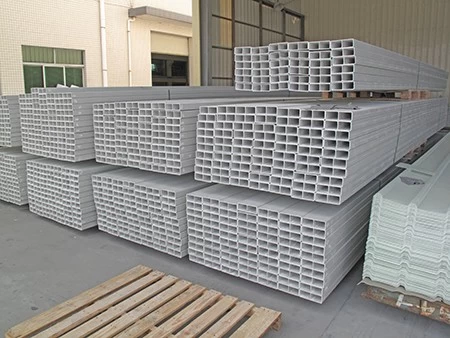 |
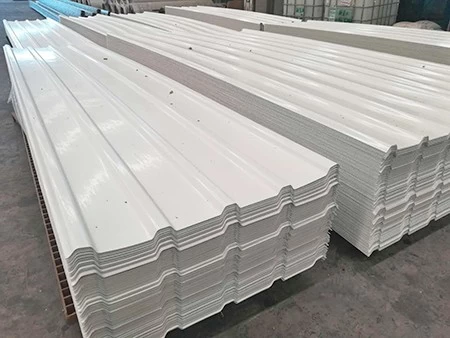 |
With so many advantages, it's no wonder that pultruded fiberglass profiles are widely used by designers, builders and homeowners in a variety of applications such as energy efficient windows and doors, insulation panels, window reinforcement, exterior trim, cladding, pergolas and arbors, columns, fencing and deck systems, and affordable modular housing systems.
These materials are widely recognized for their superior performance in terms of dimensional stability and thermal performance - making them excellent cost-effective alternatives to wood, PVC, steel and aluminum in a variety of applications.
The low maintenance requirements, durability and high strength characteristics of pultruded composites also help homeowners reduce maintenance expenses and allow contractors to minimize recalls.

